I am trying to integrate Socket.io with Angular and I'm having difficulties making a connection from the client-side to the server. I've looked through other related questions but my issue is happening locally, so there's no web server in the middle.
This is what my server code looks like:
const app = express();
const server = http.createServer(app);
const io = require('socket.io').listen(server);
io.on('connection', function(socket) {
socket.emit('greet', { hello: 'Hey, Mr.Client!' });
socket.on('respond', function(data) {
console.log(data);
});
socket.on('disconnect', function() {
console.log('Socket disconnected');
});
});
I'm loading the client side JavaScript files using Grunt in the following order:
dist: {
src: [
public/bower_components/angular/angular.min.js,
...
public/bower_components/socket.io-client/dist/socket.io.min.js,
public/bower_components/angular-socket-io/socket.min.js,
...
]
}
Then in my controller:
function MyController($scope) {
let socket = io.connect(window.location.href);
socket.connect('http://localhost:3000');
socket.on('greet', function(data) {
console.log(data);
socket.emit('respond', { message: 'Hello to you too, Mr.Server!' });
});
...
}
Before actually using the btford/angular-socket-io library, I want to make sure that I can get a connection correctly, but I get the following error in the console:
The interesting thing is that if I restart the Node.js server process, it does manage to send the message but using polling instead of websockets.
I tried all sorts of different options in the socket.connect call, but nothing worked.
Any help would be appreciated.
UPDATE (30/12/2016):
I just realized that websockets is working partially. I see a 101 Switching Protocols request in the Chrome developer console. However the only frames I see there are the engine.io protocol packets (ping, pong). However my application socket messages still fall back to polling for some reason...



